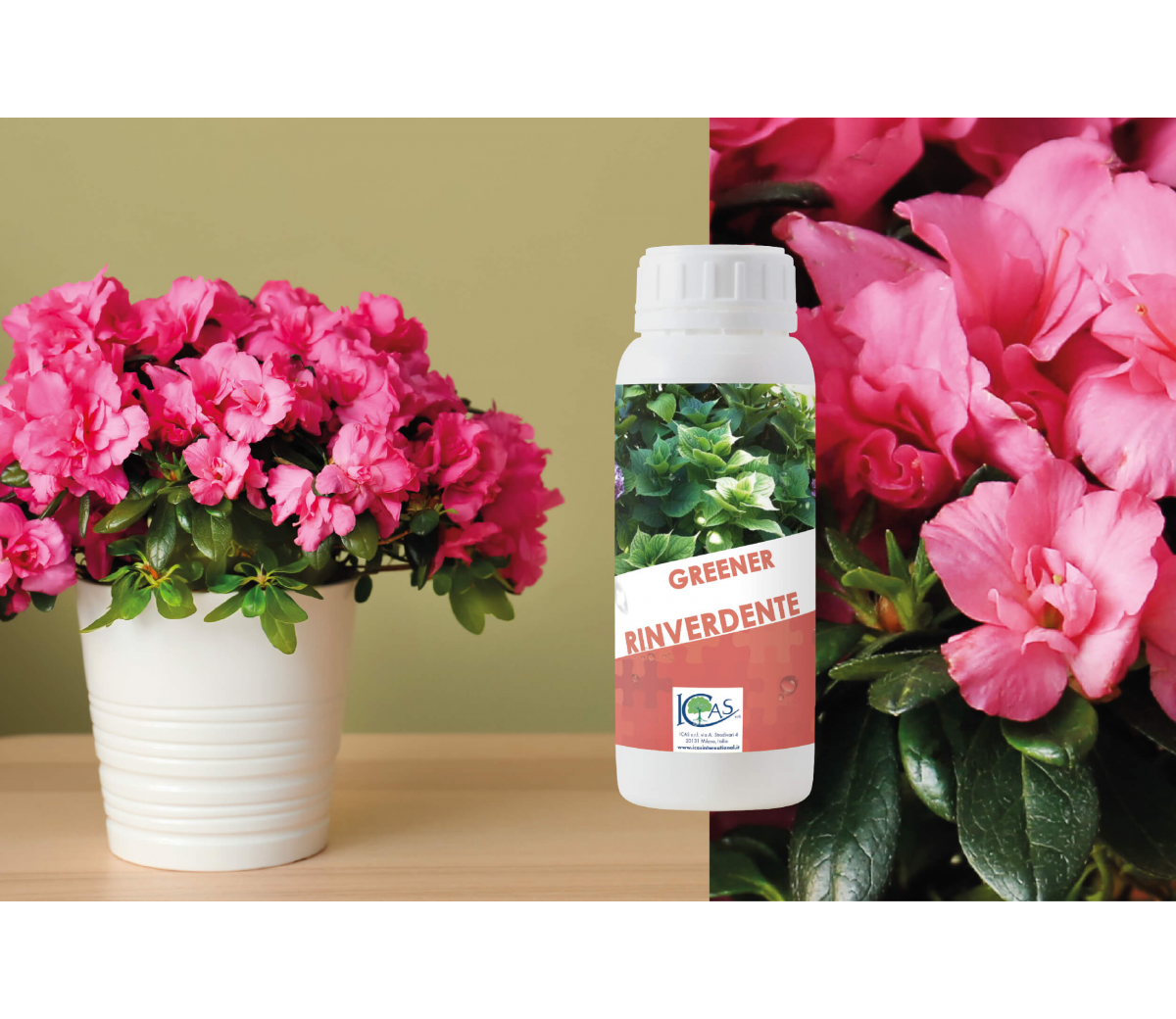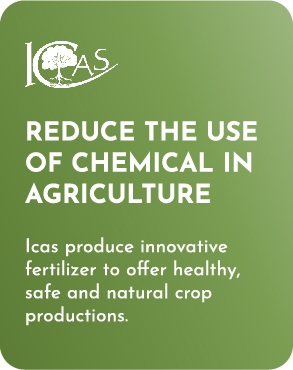Why the leaves of your plants turn yellow - Ferric chlorosis

An abnormal leaf yellowing usually caused by a lack of iron, present in the soil but not assimilable by the plant.
Iron (Fe) is an essential chemical element in plant nutrition. It is generally present in most soils, but, despite this, often plants are unable to use it.
The plant’s inability to absorb enough iron from the soil causes many metabolic imbalances, first of all the inability to synthesize chlorophyll (pigment that gives the synthesizing organs, leaves and young buds, the typical intense green colour).
Iron deficiency in plants, technically ferric chlorosis, occurs with a typical symptom, the colour of the leaves. The leaves show a pale colour, from the shades going from the faded green, to the whitish, up to the yellow. If you are wondering why the leaves turn yellow, the answer could be related to ferric chlorosis, the most obvious symptom of iron deficiency found on plants.
Even before severe symptoms of yellowing and leaf necrosis are detected, the plant slows down its growth and development processes, there is increased accumulation of nitrates in the tissues, physiological mechanisms related to photosynthesis and carbohydrate production slowly lose efficiency and the resources normally supporting flowering and fruit-set are reduced. There is therefore a more or less evident overall deterioration that will inevitably influence the production of the plant.
When the chlorosis is extended and lasting, there is necrosis and the desiccation of the foliar lamina and a consequent early fall of the leaves.
What to do?
The most easily feasible actions are represented using fertilizers based on iron chelates.
What are iron chelates?
The iron chelates are organic compounds containing iron, soluble in water and absorbable from the roots and from the tissues of the young branches and of the leaves, for this reason they can be utilized also on the leaves. The presence of chelates, in fact, promotes the transport of the elements through the cuticle of the leaves and allows rapid greening of the tissues. The application must be repeated over time; this is because iron chelates avoid the onset of the symptom, but do not definitively solve the problem, so, once their effectiveness is exhausted, the iron becomes again not assimilable and the chlorosis reoccurs.
Better to prevent!
The most affected plants are the so-called "acidophilous plants", that is, those plants that, in order to absorb the nutrients effectively (iron in the first place), need a reaction of the pH tending to be acidic, around 6 or even 5. It is no coincidence that in the large family of acidophilous plants are the plants most affected by ferric chlorosis such as azalea, oleander, camellia, hydrangea... Not only acidophilous plants, but even plants like citrus can also suffer a lot from ferric chlorosis. Let us take the example of the lemon plant. Lemon (like other citrus fruits) wants a pH reaction between 6.5 and 7.5. If the soil pH increases, the plant will stop absorbing iron. The cause therefore is not an iron deficiency in the soil, simply this element is not available due to the increase in pH.
NEVER AGAIN YELLOW LEAVES
Icas Greener, foliar, is a formula containing iron chelated with EDDHA, for the prevention and treatment of physiological alterations due to lack or insufficient availability of iron by plants. The iron-based composition in chelated form makes it immediately absorbable from the leaves and the effect is visible after a few days with a marked intensification of the colour of leaves and flowers. Icas Greener promotes the colouring of flowers and fruits, strengthens the buds and avoids defoliation.









